Joan Crawford on Criterion
 Monday, November 2, 2020 at 9:50AM
Monday, November 2, 2020 at 9:50AM
Please welcome guest contributor David Rush...
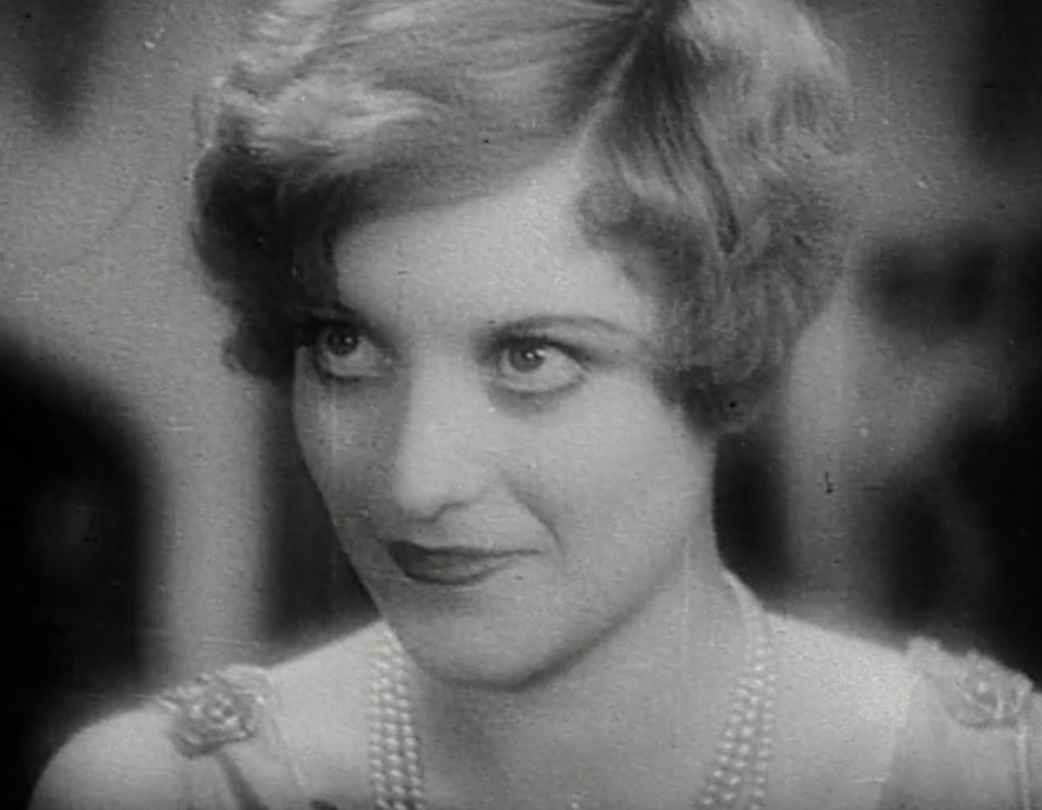 Our Dancing Daughters
Our Dancing Daughters
If an actress is to remain a star for six decades, she must expect some fluctuations in her career trajectory. This was most certainly the case for Joan Crawford, whose cinematic legacy – rather overshadowed in the years after her death for reasons we are all more than aware of – is currently showcased on The Criterion Channel.
The first two decades of Crawford’s stardom saw her go from strength to strength: her breakthrough role opposite Lon Chaney in The Unknown (1927); a series of flapper delights in Our Dancing Daughters (1928), Our Modern Maidens (1929) and Our Blushing Brides (1930); a key supporting role in Best Picture winner Grand Hotel (1932); her numerous popular collaborations with Clark Gable; and most importantly, the rags-to-riches vehicles that held particular appeal for aspirant young women during the Great Depression...
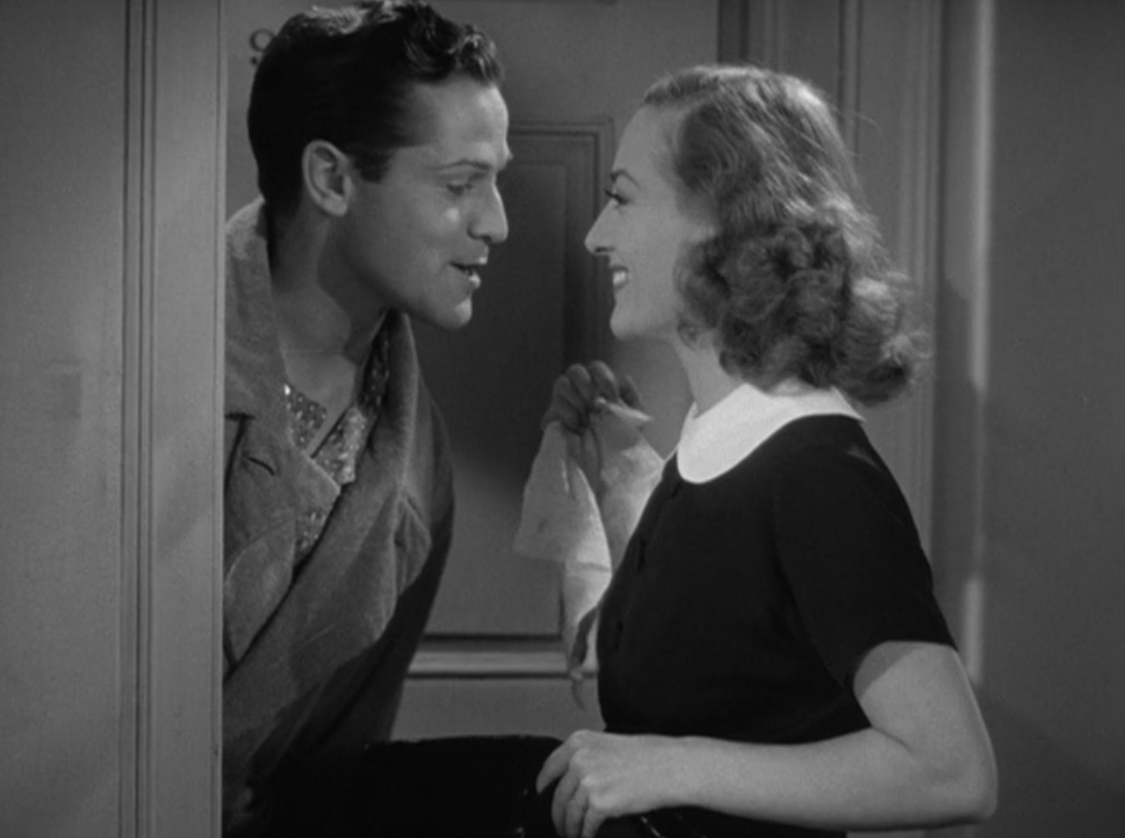 Mannequin
Mannequin
However, her star slightly dimmed with the failure of The Bride Wore Red (1937) and Mannequin (1938), which led Harry Brandt, president of the Independent Theatre Owners Association of America, to proclaim Crawford and a number of other actors – including Fred Astaire, John Barrymore, Dolores del Río and Katharine Hepburn – “box office poison”.
However, Crawford was nothing if not professionally astute. As a young starlet in the 1920s, dissatisfied with the meagre roles offered to her by MGM, she had proved herself a perceptive self-promoter, attending dances around Hollywood and taking part in dance contests at various venues, where she often won prizes and consequently raised her profile. With her stardom in danger of potentially losing its lustre, Crawford reinvented herself, and not for the last time.
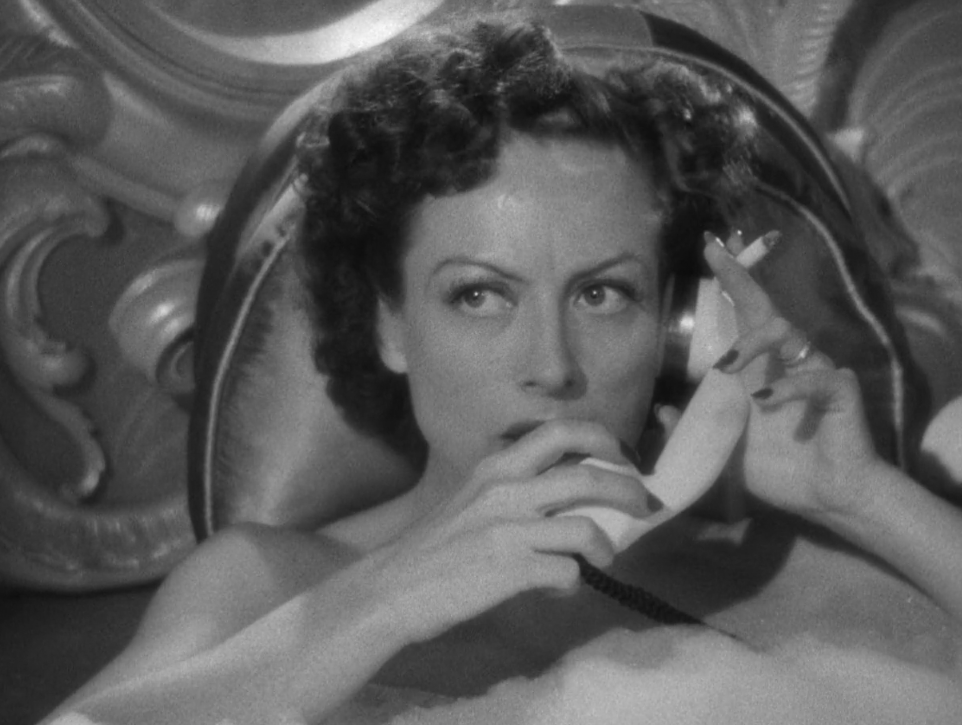 The WomenIn response to her waning box-office fortunes, she did the unexpected, taking the role of Crystal Allen – and playing decidedly against type – in George Cukor’s adaptation of Clare Boothe Luce’s The Women (1939). The film is a showcase for the exclusively female ensemble cast, all of whom appear to be having the time of their lives (and no wonder) delivering Anita Loos and Jane Murfan’s brilliant dialogue which is at turns witty, venomous, cruel and unexpectedly poignant. Crystal is undoubtedly the villain of the piece. She's out to break up the marriage of Stephen Haines and the noble Mary played by Crawford’s MGM rival, Norma Shearer (in the film’s most difficult role, required to be eternally good amidst a nest of vipers.)
The WomenIn response to her waning box-office fortunes, she did the unexpected, taking the role of Crystal Allen – and playing decidedly against type – in George Cukor’s adaptation of Clare Boothe Luce’s The Women (1939). The film is a showcase for the exclusively female ensemble cast, all of whom appear to be having the time of their lives (and no wonder) delivering Anita Loos and Jane Murfan’s brilliant dialogue which is at turns witty, venomous, cruel and unexpectedly poignant. Crystal is undoubtedly the villain of the piece. She's out to break up the marriage of Stephen Haines and the noble Mary played by Crawford’s MGM rival, Norma Shearer (in the film’s most difficult role, required to be eternally good amidst a nest of vipers.)
Crawford is not alone in defying audience expectations, with Rosalind Russell also mixing up her good-girl image as the malicious Sylvia Fowler: or, as Crystal dubs her, “Mrs. Prowler”. Some of the best scenes in the film are those in which Crystal and Sylvia interact, with Sylvia proving herself Mary’s ultimate frenemy, enthusiastically exacerbating gossip about her husband’s affair with Crystal. Crawford is the ultimate bitch, exhibiting an onscreen cattiness exceeded only by her performance as the downright evil Eva Phillips in Queen Bee (1955). Despite the risky change of pace she must have had fun as Crystal, especially given her oft-quoted maxim: “I love playing bitches. There's a lot of bitch in every woman––a lot in every man.”
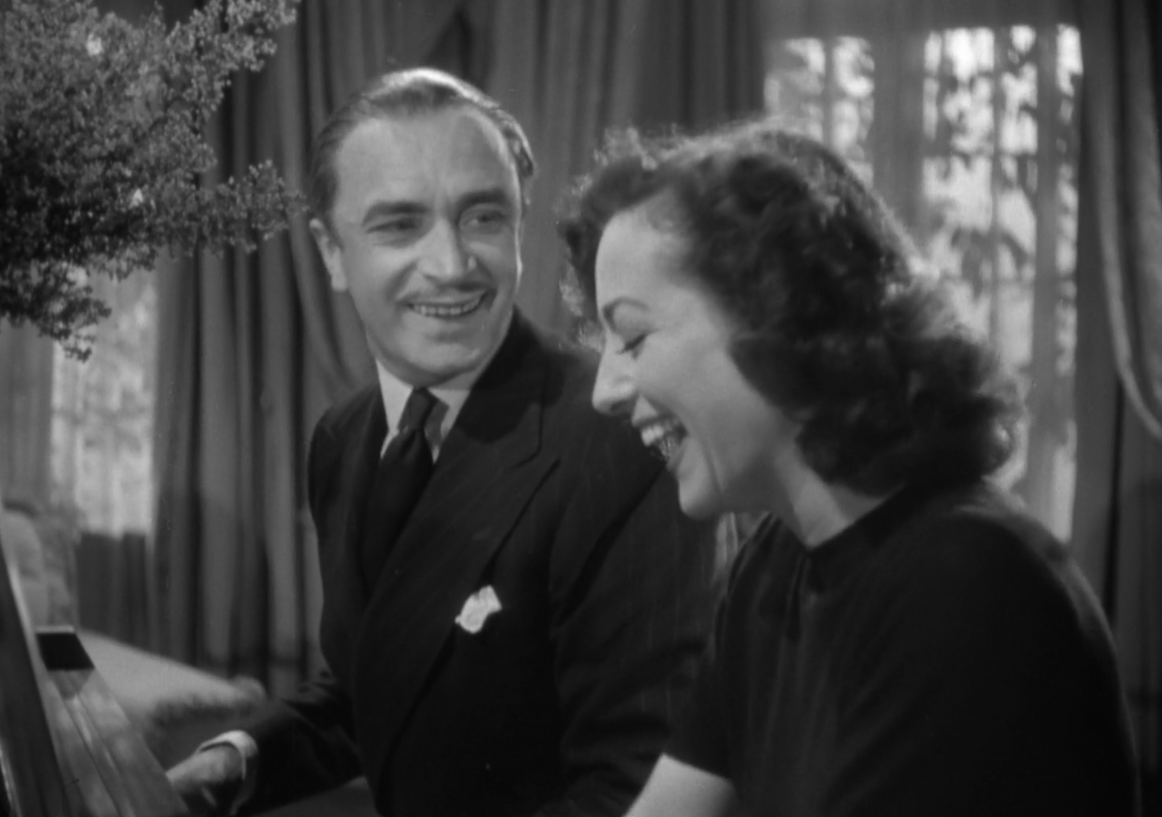 A Woman's Face
A Woman's Face
Despite the success of The Women and the positive notices she received, Crawford was on her way out at MGM, the studio that helped make her a star. Although a brief glimmer of hope appeared in the excellently reviewed A Woman’s Face (1941), for which she should have received an Oscar nomination, the scripts she was being offered were of diminishing quality.
This does not mean, though, that these later MGM films are not worth watching. Indeed, unexpected pleasure can be found in Above Suspicion (1943), which pairs Crawford and Fred MacMurray as newlyweds. This unusual coupling on paper proves delightful on screen. Both stars spark off one another as they travel to the Continent on their honeymoon, unlikely recruits of the British Secret Service, tasked with finding a scientist who could hold the key to defeating the Nazis. It is also notable as the final film of Conrad Veidt, who appears as a slyly enigmatic count, an intriguing foil for Crawford and MacMurray.
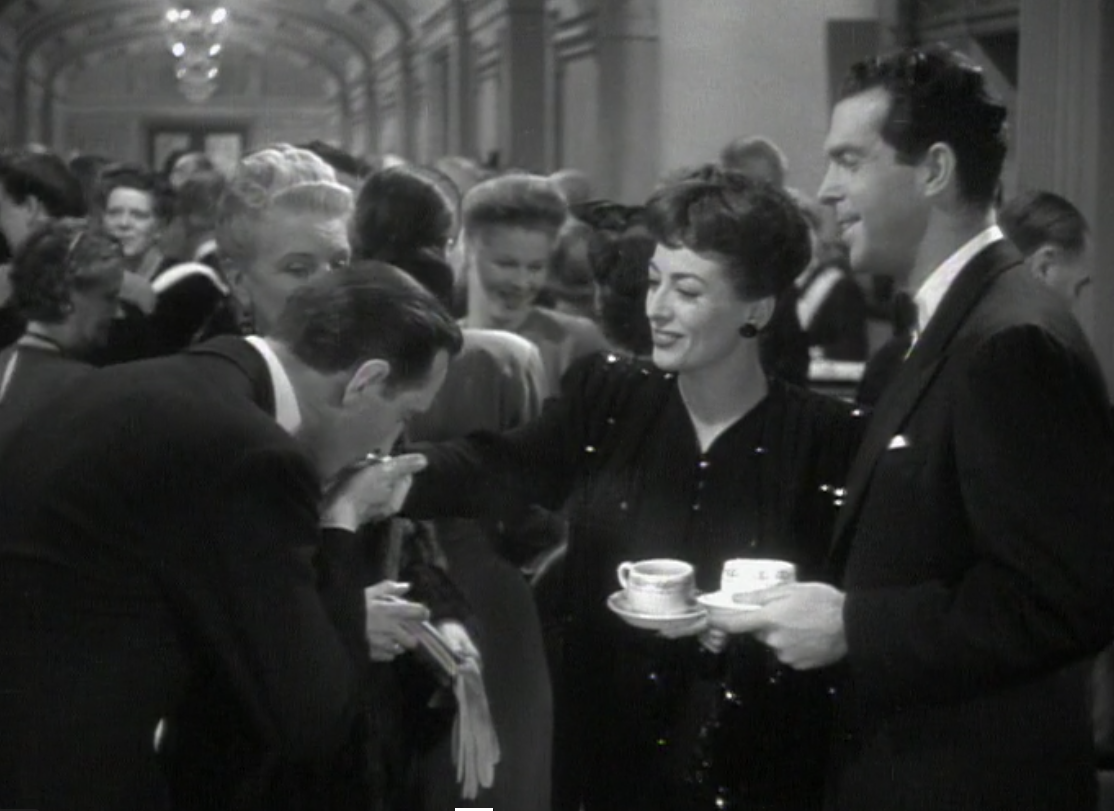 Above Suspicion
Above Suspicion
Above Suspicion was Crawford’s final film with MGM, which opted to buy out her contract. Rather than signalling a winding down of her career, this severing of old ties had the opposite effect. Crawford almost immediately signed a contract with Warner Bros. It took over a year for a suitable project to be found, but when one was finally chosen, the resultant film, Mildred Pierce (1945), became one of the most celebrated film noirs of all time.
Nevertheless, the filmmaking process was not an easy one. Michael Curtiz, crowned Best Director three years earlier for Casablanca (1942), did not want Crawford for the part, lobbying for Barbara Stanwyck to play the title role. In a move then unheard of for a major star, she agreed to record a screen test. After Curtiz saw the test, he agreed to Crawford’s casting. While she enjoyed numerous successes after Mildred Pierce, the film proved to be the pinnacle of Crawford’s career, and aside from perhaps What Ever Happened to Baby Jane (1962) the one for which she's best remembered. She won the Oscar for Best Actress.
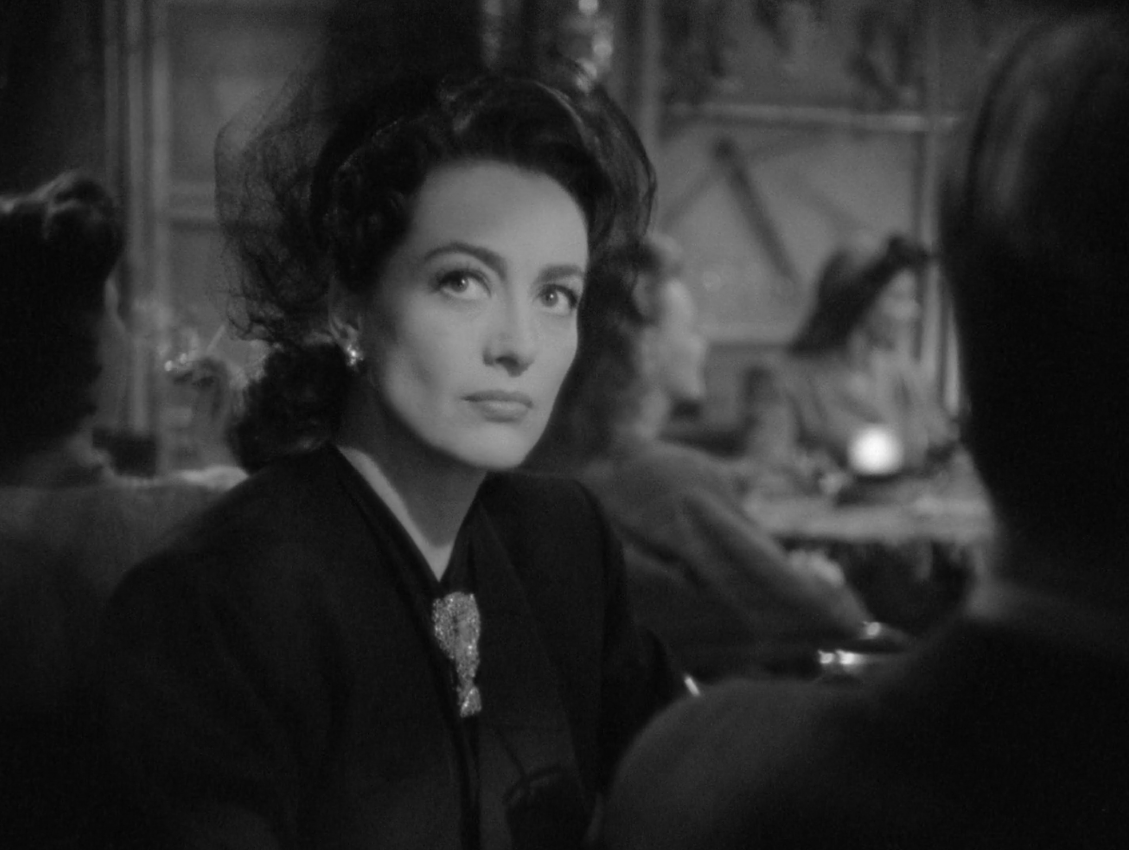 Mildred Pierce
Mildred Pierce
The fact that this was only her first nomination after two decades of stardom is quite staggering. Though perhaps the reason for this is that the glamour associated with her earlier roles prevented some critics from seeing the talent beneath the fashionable façade. Mildred Pierce represented a new level of maturity for Crawford, both in age – a number of actresses who were offered the role reportedly balked at the idea of playing the mother of a teenager – and in performance. Crawford fully inhabits the role of Mildred. We see indelible pain in Mildred’s eyes as she loses her youngest child; the hope she fosters for her eldest, Veda, devoting all her energy into giving the girl anything she wants. Then the final, devastating realisation that Veda is beyond help, rotten, despite Mildred’s great effort.
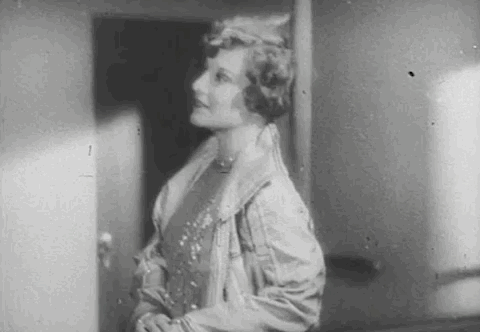
The collection offered by Criterion allows viewers the opportunity to witness the various metamorphoses of Crawford – and there were many – from flapper to glamour queen, from shop girl to woman on the edge, and from naïve young ingénue to strong, mature woman. Whichever incarnation of Crawford is your favourite, there is something here for everyone.



Reader Comments (16)
If only i had time to watch all 25!
It's a pretty interesting collection of movies, especially if one's Crawford completism is not. I hadn't seen any of the silents outside of the Unknown and things like The Damned Don't Cry and Harriet Craig are worth a watch, even if Crawford has fully swerved into camp by that point (she does not makes acting choices connected to human behavior in either movie and that's unfortunate with "Craig" because it's a much better play than the movie would suggest). Loved seeing A Woman's Face, IMO her best MGM performance, I can watch the Women over and over again, and Strange Cargo is a genuine oddity that's not really "good' but at least for the first hour or so is bizarre enough to keep one invested.
I admire the choice of some of her lesser known MGM flops in terms of out of left field choices. But honestly none are good and she's at the very least out of her element in all of them. Nice to read positive thoughts on Above Suspicion but I can't say I share most of them. She and FM have no real chemistry beyond being comfortable with each other IMO, no sexual chemistry (problematic considering how much the movie re-iterates how horny they are for each other) and the attempts are humor are pretty gruesome. Even as a distraction I found it very hard to watch. I would have been interested in seeing Susan and God or When Ladies Meet instead.
I do wish Criterion would go all out on Daisy Kenyon one of these days, it's easily her most unheralded film and performance.
Queen Bee and Harriet Craig make a great camp double bill.
The take of well established movie star Joan Crawford submitting to a screen test is more convoluted than noted here.
Joan Crawford wanted to play Mildred Pierce, the successful business woman with a deeply troubled private life, but was far down on the list of possible casting. Too proud to submit to a screen test, fading leading actress Crawford decided the best way to solve the problem was to ingratiate herself to a strong ingénue in the running for the role of the malicious, entitled daughter Veda Pierce. Crawford favored Blyth and offered to coach her. She even agreed to play Mildred in Blyth’s screen test which then creatively solved her own problem of not technically submitting to a screen test. The two were magic together on screen. Both were cast.
As a fan of Crawford, it is wonderful to see her entourage of lovers - the crawfettes - growing throughout this time. 🤗
A good, not great selection of her films.
She was a constantly evolving person on screen, at least until after Baby Jane, always conscious of staying current and being right NOW as far as fashions went. A major key to her longevity but also the reason she never worked in period films. The most egregious example of that is The Gorgeous Hussy where she is hopelessly out of place and thankfully isn't included in this grouping.
Many of her silents were lost in the MGM vault fire of '64 so the three they've chosen are probably the cream of what's available though the inclusion of her very early work like The Boob or Sally, Irene and Mary (both extant though Sally is in terrible shape) would have been a nice touch.
To really spotlight her early sound period Grand Hotel which includes her best performance from those years should have been included.
That's a good representation of her peak Metro period. Chained or Forsaking All Others would have been better choices than Mannequin or Love on the Run.
Her Warners peak is solid though I would have included Goodbye, My Fancy.
Johnny Guitar's omission is glaring and last film or not they certainly could have forgotten about Trog but all in all a fine source to dive into her work.
joel6-I'm not sure it was part of this collection, BUT Grand Hotel was on the Criterion channel until the end of the October.
Also Trog is on Criterion Channel as well, under the Seventies Horror Collection
I love this woman. Favourites include 2 MGM's: Grand Hotel, The Women, 5 Warner Brothers: Mildred Pierce, Humoresque, Possessed, Flamingo Road, What Ever Happened to Baby Jane?, 1950s freelance: Harriet Craig, Sudden Fear, Autumn Leaves, also The Caretakers and all 1960s terror dramas.
With the many articles written on Joan Crawford and Ryan Murphy's Feud, Joan Crawford has remained as popular or has become even more popular since her death. It is interesting to see how US culture keeps the memory of certain iconic celebrities alive and well post mortem.
I'm still angry today that the Supporting category didn't exist in the 1930s because she would have made an EXCELLENT winner for Grand Hotel.
I just finished watching Grand Hotel, and she's a DELIGHT. Loved her.
Agree Nathaniel, Joan was really wonderful in Grand Hotel, in fact she's the best thing about it. She was so bright and lively.
@Nathaniel, a star o Crawford's magnitude wld nvr allow herself to be submitted under supp category in those days. Same reason she refused to be submitted in said category in 1939 for The Women.
Supp category fr 1936 to at least the late 50s are purely for supporting players. No A-listers will be caught campaigning under it then.
I think Joan would have been thrilled to have received a nomination in supporting for Grand Hotel. There were several A-List stars who not only allowed themselves to be placed in the supporting categories, but came close to winning.. Think Olivia in GWTW. While I don't really get the Jennifer Jones obsession the Academy had with her in the 1940s, she was obviously an A-Lister after copping the big one for Song of Bernadette. And then she was nominated in Supporting the next year (in what may really be one early example of category fraud). I guess one of the legendary stories of Oscar campaigns of old was the Roz Russell refusal to let her name be placed in supporting contention for Picnic in 1955. Oddly enough, that year brought one of the earliest category fraud winners in Supporting Actor, Jack Lemmon in Mister Roberts.
She’s a lead in grant hotel. She should have won or been nominated for best actress. I don’t know that she has less screen time than Garbo but she’s more central to the actual plot. She’s a lead